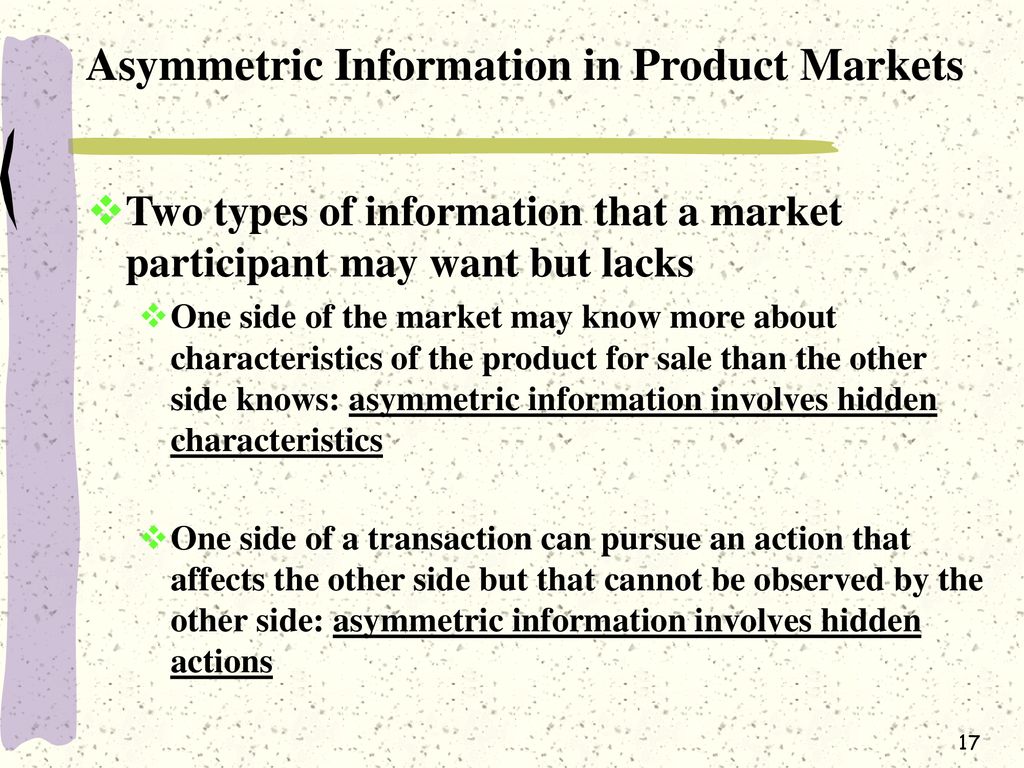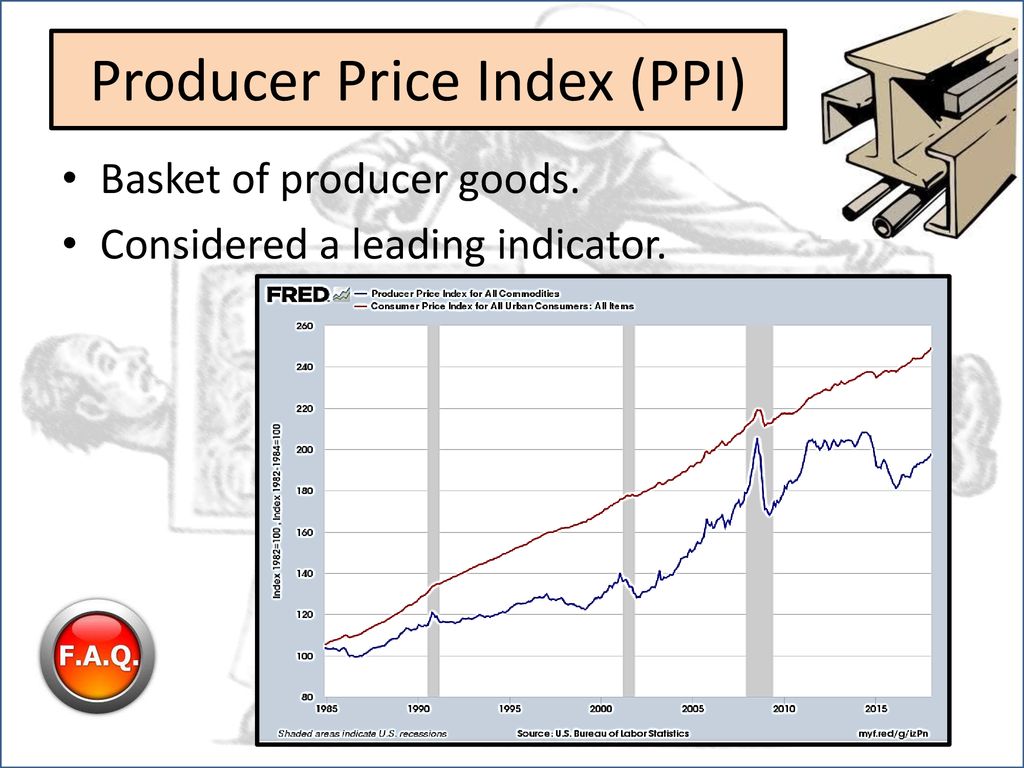
Information Asymmetry: When One Side Knows More – A Beginner’s Guide
Have you ever bought a used car and worried about its hidden problems? Or perhaps you’ve signed up for an insurance policy, wondering if you truly understood all the fine print? In countless everyday scenarios, one party in a transaction or interaction holds more crucial information than the other. This imbalance, where knowledge isn’t equally shared, is what economists and business experts call Information Asymmetry.
It’s a concept that profoundly impacts everything from how markets function to how we make personal decisions. Understanding it can help you navigate complex situations, make better choices, and even spot potential pitfalls.
Let’s dive into the fascinating world of information asymmetry, broken down for everyone to understand.
What Exactly is Information Asymmetry?
At its core, information asymmetry simply means that in a transaction or interaction, one party possesses more, or better, information than the other. This isn’t about one person being smarter; it’s about one person having access to facts, data, or insights that the other doesn’t.
Imagine a game of poker where one player can see the cards in everyone’s hand, while the others can only see their own. That player has an informational advantage – a perfect example of information asymmetry.
Key characteristics of Information Asymmetry:
- Unequal Knowledge: The fundamental premise is that knowledge is not evenly distributed.
- Impact on Decisions: The party with more information can make more informed, and often more advantageous, decisions.
- Potential for Exploitation: The party with less information is at a disadvantage and can be exploited or make suboptimal choices.
- Contrast to "Perfect Information": In an ideal, theoretical market, everyone has "perfect information" – meaning all parties know everything relevant. Information asymmetry is the opposite of this ideal.
Why does this matter? Because when information is unequal, it can lead to market inefficiencies, unfair outcomes, and a breakdown of trust. It can make it harder for buyers and sellers to agree on a fair price, or for employers and employees to align incentives.
The Two Faces of Information Asymmetry: Adverse Selection and Moral Hazard
Information asymmetry manifests in two primary ways, each with distinct characteristics and consequences. Understanding these two types is crucial for grasping the full impact of unequal knowledge.
1. Adverse Selection: The Problem of Hidden Information
Adverse selection occurs before a transaction or agreement takes place. It arises when one party has private information about a hidden characteristic of a product, service, or person that the other party does not. Because of this hidden information, the uninformed party risks making a "bad" deal.
Think of it as the "pre-contractual" problem.
How it works (and why it’s "adverse"):
- The party with hidden, negative information is more likely to enter into a transaction.
- The party without this information faces a higher risk of dealing with a "worse" quality item or person.
Classic Examples of Adverse Selection:
- The Used Car Market (The "Lemon Problem"):
- Hidden Information: The seller of a used car knows if it’s a reliable "peach" or a problematic "lemon." The buyer doesn’t.
- Adverse Selection: Buyers, unsure of quality, will offer an average price, assuming there’s a mix of good and bad cars. This average price might be too low for "peach" sellers, driving them out of the market. Only "lemon" sellers find the average price attractive, so they’re more likely to sell.
- Outcome: The market becomes flooded with low-quality cars, making buyers even more wary.
- Insurance Markets:
- Hidden Information: Individuals know more about their own health risks or driving habits than the insurance company.
- Adverse Selection: People with higher health risks (e.g., frequent doctor visits, pre-existing conditions) are more likely to seek health insurance. Similarly, reckless drivers are more likely to seek car insurance.
- Outcome: If insurance companies can’t accurately assess risk, they might charge high premiums to cover the "average" risk. This makes insurance too expensive for low-risk individuals, who then drop out, leaving only high-risk individuals in the pool. This forces premiums even higher, creating a "death spiral."
- Job Market:
- Hidden Information: A job applicant knows their true work ethic, skills, and commitment better than the employer.
- Adverse Selection: Less productive or less committed individuals might be more motivated to apply for certain jobs if they can mask their true abilities, while highly productive individuals might seek higher-paying roles elsewhere.
The core issue with adverse selection is that the hidden characteristics of what’s being bought or sold are unknown, leading to skewed participation in the market.
2. Moral Hazard: The Problem of Hidden Action
Moral hazard occurs after a transaction or agreement has been made. It arises when one party changes their behavior after entering into a contract because they are protected from the full consequences of their actions, and the other party cannot easily observe or verify that behavior.
Think of it as the "post-contractual" problem.
How it works (and why it’s "hazardous"):
- One party takes on more risk or acts less carefully because someone else bears the cost of their actions.
- The actions are "hidden" or difficult to monitor.
Classic Examples of Moral Hazard:
- Insurance Markets (Again!):
- Hidden Action: After buying car insurance, a driver might become less careful, knowing that the insurance company will cover accident costs. After buying home insurance, a homeowner might be less diligent about locking doors or maintaining fire safety.
- Moral Hazard: The insured party’s behavior changes because they are shielded from the full financial consequences of risk.
- Outcome: Increased claims for the insurance company, leading to higher premiums for everyone.
- Employee Effort (Principal-Agent Problem):
- Hidden Action: An employee (the agent) might exert less effort or shirk responsibilities if their productivity is hard for the employer (the principal) to observe and if their pay isn’t directly tied to output.
- Moral Hazard: The employee’s effort level is "hidden" from the employer, leading to less diligent work than desired.
- Outcome: Lower productivity for the company, requiring monitoring systems or incentive structures.
- Banking and Bailouts:
- Hidden Action: If large banks believe they are "too big to fail" and will be bailed out by the government in a crisis, they might take on excessive risks.
- Moral Hazard: The expectation of a bailout changes the banks’ risk-taking behavior.
- Outcome: Higher risk in the financial system, potentially leading to future crises.
The core issue with moral hazard is that the hidden actions of one party after a contract are unknown, leading to changes in behavior that negatively impact the other party.
Why Does Information Asymmetry Matter So Much?
The presence of information asymmetry has significant consequences across various aspects of life and commerce:
- Market Inefficiency: It can prevent markets from reaching optimal outcomes. Good products might not be sold, or beneficial transactions might not occur, because of a lack of trust or insufficient information.
- Reduced Trust: When one party feels they are consistently at a disadvantage due to hidden information, overall trust in a market or system can erode. This makes future transactions more difficult.
- Unfair Outcomes: The party with less information often ends up paying more, receiving lower quality, or taking on greater risk than they would if information were balanced.
- Increased Costs: Businesses might incur higher costs for monitoring, screening, or providing warranties to mitigate the risks associated with information asymmetry. Consumers might pay a "risk premium" for goods or services where quality is uncertain.
- Barriers to Entry: New, innovative products or services might struggle to gain traction if consumers can’t easily verify their quality or benefits.
- Regulatory Need: Information asymmetry often necessitates government regulation to protect consumers, ensure fairness, and maintain market stability (e.g., disclosure laws, product safety standards).
Real-World Examples in Action
Information asymmetry isn’t just an economic theory; it’s a pervasive reality.
- Healthcare:
- Doctor-Patient: Doctors possess far more medical knowledge than patients. This asymmetry means patients rely heavily on their doctors’ recommendations, making them vulnerable to unnecessary procedures or tests if doctors prioritize financial gain over patient well-being.
- Patient-Insurer (Adverse Selection): As discussed, individuals know more about their health than insurers.
- Online Shopping & Reviews:
- Buyer-Seller: When you buy something online, you can’t physically inspect it. The seller knows the true condition, quality, and origin of the product.
- Mitigation: This is where online reviews, ratings, and trusted platforms (like Amazon’s return policy) try to reduce the information asymmetry by providing third-party insights and guarantees.
- Education and Degrees:
- Employer-Job Seeker: A university degree acts as a "signal" (more on this later) to employers that a job seeker possesses certain skills, intelligence, and diligence. The employer doesn’t know the applicant’s true capabilities directly, but the degree reduces the information asymmetry.
- Real Estate:
- Buyer-Seller: The seller and their agent know the history of the house (e.g., leaky basement, noisy neighbors, previous repairs) far better than a potential buyer. This is why home inspections are so crucial.
- Used Electronics:
- Buyer-Seller: Similar to used cars, the seller knows the true condition, battery life, and any quirks of a used smartphone or laptop, which the buyer can’t fully ascertain without extensive testing.
How Do We Deal With It? Strategies and Solutions
Given how widespread information asymmetry is, societies, businesses, and individuals have developed various mechanisms to mitigate its effects. These strategies generally fall into two categories: those employed by the less informed party (to screen for information) and those employed by the more informed party (to signal information).
For the Less Informed Side (Screening & Protection):
These are actions taken by the party with less information to try and uncover the hidden details.
- Due Diligence & Research: Before making a major purchase or decision, consumers conduct research, read reviews, compare products, and seek expert opinions. (e.g., reading car reviews, checking consumer reports).
- Warranties and Guarantees: Demanding a warranty or guarantee shifts some of the risk back to the seller, who is more informed about the product’s quality. If the product fails, the seller bears the cost.
- Third-Party Verification/Inspections: Hiring an independent expert to assess quality or condition.
- Examples: Home inspectors for real estate, mechanics for used cars, financial auditors for company accounts.
- Certifications and Licenses: Relying on official certifications (e.g., organic food labels, energy efficiency ratings, professional licenses for doctors or lawyers) from trusted bodies. These act as proxies for quality and competence.
- Reputation Systems: Online reviews and ratings (e.g., Yelp, Amazon reviews, eBay seller ratings) allow consumers to leverage the collective experience of others to reduce uncertainty about sellers or products.
- Contracts and Disclosure Laws: Legal frameworks that mandate information disclosure (e.g., food nutrition labels, financial product disclosures, truth-in-lending laws) or define responsibilities clearly in contracts.
- Deductibles and Co-pays (in Insurance): These mechanisms make the insured party bear a portion of the cost, reducing the incentive for moral hazard (e.g., being less careful with your car because insurance covers everything).
For the More Informed Side (Signaling & Building Trust):
These are actions taken by the party with more information to credibly reveal their quality or commitment to the less informed party.
- Providing Warranties and Guarantees (from Seller’s Side): A seller offering a generous warranty signals that they have confidence in their product’s quality. Only a seller of a high-quality product could afford to offer such a warranty.
- Certifications and Accreditations: Businesses invest in obtaining industry certifications or quality standards (e.g., ISO 9001, fair trade certification) to signal their adherence to certain benchmarks.
- Brand Reputation: Building a strong, trustworthy brand over time is a powerful signal of quality and reliability. Companies with established reputations have a strong incentive to maintain them.
- Education and Information Provision: Proactively providing detailed, transparent information about products, services, or processes can build trust. (e.g., detailed product specifications, clear terms and conditions).
- Investing in Advertising and Marketing: While sometimes seen as mere persuasion, extensive advertising can signal a company’s belief in its product’s quality and its long-term commitment to the market. Only a company with a good product would spend so much to attract customers they hope to retain.
- Offering Free Samples or Trials: Allowing customers to experience the product or service firsthand can reduce their uncertainty.
- Professional Codes of Conduct: Many professions (e.g., doctors, lawyers, financial advisors) have ethical codes that aim to ensure professionals act in their clients’ best interests, reducing moral hazard.
The Future of Information Asymmetry
In our increasingly digital world, information asymmetry is a dynamic challenge.
- Technology’s Role:
- Big Data and AI: Can help companies gather and analyze vast amounts of data to better assess risk (e.g., for insurance, credit scoring) and identify patterns of hidden information or action.
- Blockchain: Could create transparent, immutable records of transactions and product histories, potentially reducing information asymmetry in supply chains and asset ownership.
- Online Platforms: While they create new forms of asymmetry, they also provide mechanisms (reviews, verification) to counteract it.
- Ongoing Challenge: Despite technological advancements, perfect information remains an elusive ideal. New products, services, and interactions will always present opportunities for one side to know more than the other. The challenge lies in continually developing new ways to bridge these information gaps and foster trust.
Conclusion
Information asymmetry is a fundamental concept that explains many of the challenges and complexities we face in markets and daily life. Whether it’s the hidden flaws in a used car (adverse selection) or the relaxed effort of an insured driver (moral hazard), unequal knowledge shapes outcomes.
By understanding how information asymmetry works, you can become a more discerning consumer, a more effective business owner, and a more informed participant in the global economy. Always remember to ask questions, do your research, and look for signals of quality and trust. In a world where knowledge is power, striving for greater transparency and understanding is always a worthwhile endeavor.




Post Comment